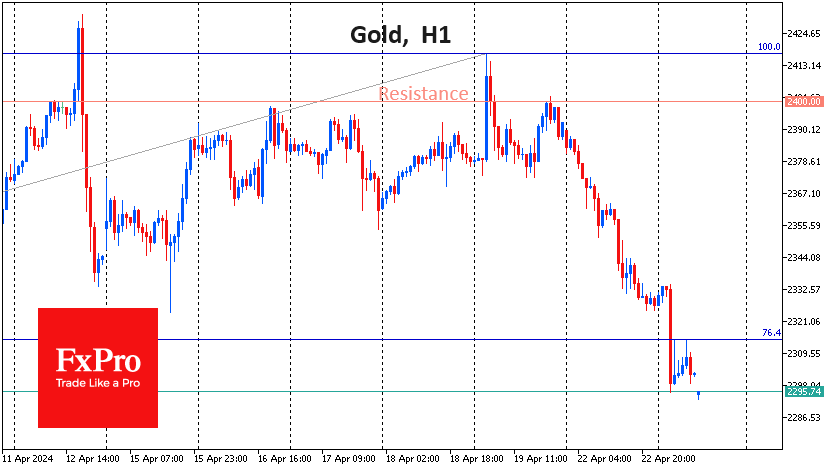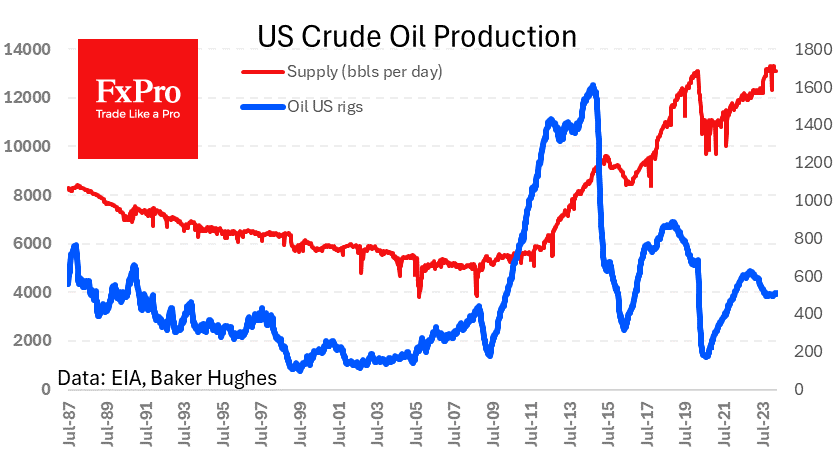5 Reasons Why Institutional Investors Refuse to Join the Crypto Sector
May 06, 2020 @ 14:39 +03:00
The on-ramp remains too steep
Investing in Bitcoin, the top listed crypto asset on CoinMarketCap, remains a significant hurdle for large mutual fund managers, especially when considering their perceived risk of Bitcoin. Add to this the additional purchasing steps necessary, compared to more traditional assets, and the process of just buying crypto is off-putting. Some funds’ internal regulation also does not allow investments of specific products, while others are ousted by the low liquidity in regulated and approved venues.
Presence does not equal profit or guarantee a bull market
The arrival or presence of institutional investors does necessarily translate into buying pressure. Renaissance Technologies Medallion Funds’s recent entry into CME’s Bitcoin futures markets is a perfect example. Furthermore, it should be noted that since CME futures are cash-settled, they don’t necessarily involve any Bitcoin trading activity. More importantly, a hedge fund can also open short positions. Futures contracts are not designed for long-term holding.
Compared to traditional markets, the crypto sector is too small
While Bitcoin does produce amazing returns, there are other reasons why a $94-trillion industry will not just blindly buy cryptocurrencies anytime soon. No matter how many times one has seen the chart above, it remains pretty impressive. The crypto sector’s $248 billion market cap is just a speck among capital markets. Currently, Japanese yen banknotes in circulation amount to $1 trillion, and this does not include bank deposits nor treasuries. The world’s 20 largest asset managers combined oversee $42.3 trillion. A mere 0.5% investment in cryptocurrencies would end up at $211 billion — equivalent to 84% of the total market cap. At the moment, cryptocurrencies are in no way a threat to Visa, Wells Fargo, Chubb or Charles Schwab. It doesn’t matter how well decentralized finance is performing or how sizable Bitcoin transactions are right now.
Regulatory pressure remains a hurdle Former Commodity Futures Trading Commission Chairman J. Christopher Giancarlo admitted in October 2019 that his agency deliberated with the Treasury, the United States Securities Exchange Commission and the National Economic Council to suppress Bitcoin’s incredible 2017 rally. This government-backed plan culminated in December 2017 as CME and CBOE both listed Bitcoin futures contracts — one day after Bitcoin’s famous $19,700 top.
More recently, the U.S. Secretary of the Treasury Steven Mnuchin promised “significant new requirements” on cryptocurrencies. In October 2019, U.S. senators went as far as sending out a letter to three companies backing Facebook’s Libra cryptocurrency project, citing “risks the project poses to consumers, regulated financial institutions, and the global financial system.” Despite Bitcoin not being widely regarded as a competitor to fiat money, it is almost sure that it would be if the cryptocurrency achieved a trillion-dollar market cap.
Liquidity and ease of access BAKKT has a product designed to ease mutual funds’ significant barrier to Bitcoin investment. Bitcoin futures contracts with physical delivery allow purchases throughout an entirely regulated venue, including the custody process.
As reported by Cointelegraph, BAKKT is controlled by the Intercontinental Exchange, the owner of the New York Stock Exchange. Clients willing to trade such products must do it through the regular brokers used for stocks and futures. For ages, retail investors awaited BAKKT’s launch, as its arrival was prophesied to be a signal that the crypto sector had received the blessing of institutional investors. Estimates of a new all-time high being reached in 2018 and 2019 were relentless and more often than not, wrong. After launch, what seemed like a perfect solution produced an average daily volume, which to this date, remains irrelevant. There are numerous reasons this could be taking place:
Few brokers currently offer BAKKT’s products. Many funds’ internal regulations do not allow the ownership of physical Bitcoin-based investments. Additional bureaucracy (controls) is required for funds to be approved by BAKKT. Physical Bitcoin not accepted as margin for leverage trading. Limited Sunday to Friday 8:00 p.m. to 6:00 p.m. trading hours. Although internal fund regulations can be changed to accommodate Bitcoin investing, it might not make much sense right now for multi-billion-dollar investment funds.
Analysts and portfolio managers proposing the addition of a new asset class in secular mutual fund managers would be taking an immense personal risk.
Crypto can and will scale without institutions The intention of this piece is not to turn away investors from Bitcoin and cryptocurrencies. Pundits and analysts with no real market experience have promised impossible scenarios for far too long. If the Bitcoin market cap is still under $1 trillion, rest assured you’ve arrived early to the party, and that’s not necessarily a good thing. There is possibly an unlimited upside for this asset class, and institutional investors’ entrance will almost certainly happen gradually, then suddenly. Right now, it is essential to realize that a multi-trillion-dollar mutual fund industry hasn’t got strong enough reasons to invest in such a nascent asset class.
Crypto does not need the mutual funds industry; it is the other way around. Bitcoin is money for regular people and an investment by itself.
5 Reasons Why Institutional Investors Refuse to Join the Crypto Sector, CoinTelegraph, May 6








